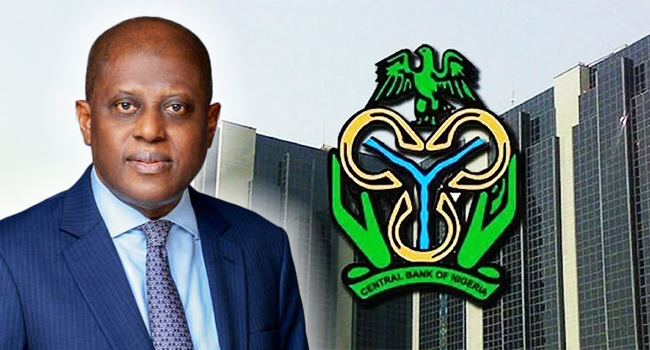The Monetary Policy Committee (MPC) of the Central Bank of Nigeria (CBN) held its 297th meeting on the 23rd and 24th of September 2024 to review recent economic and financial developments as well as assess risks to the outlook.
Eleven of the twelve members of the Committee were in attendance.
Decisions of the MPC
The Committee was unanimous in its decision to further tighten policy and thus decided as follows:
- Raise the MPR by 50 basis points to 27.25 per cent from 26.75 percent.
- Retain the asymmetric corridor around the MPR at +500/-100 basis points.
- Raise the Cash Reserve Ratio of Deposit Money Banks by 500 basis points to 50.00 per cent from 45.00 per cent and Merchant Banks by 200 basis points to 16 per cent from 14 per cent.
- Retain the Liquidity Ratio at 30.00 per cent
The Committee noted the moderation in headline inflation year-on-year in July and August 2024.
In addition, the MPC noted the relative stability and convergence in the exchange rate across the various market segments, resulting from the Bank’s tight monetary policy stance. This is expected to improve confidence which will enable economic agents to plan in the medium to long term.
The Committee was, however, unanimous in recognising that a lot more is required to actualize the Bank’s price stability mandate. The MPC noted that even though headline inflation trended downwards due to a moderation in food inflation, core inflation has remained elevated, driven primarily by rising energy prices. The uptrend poses severe concerns to Members, as it clearly indicates the persistence of inflationary pressures. Members thus, reiterated the need to work in close collaboration with the fiscal authority to address the current upward pressure on energy prices.
The MPC noted the continued growth in money supply, recognising the need to curtail excess liquidity in the system as well as address foreign exchange demand pressures. Members were also concerned about the growing level of fiscal deficit but acknowledged the commitment of the fiscal authority not to resort to monetary financing through Ways & Means.
Furthermore, members observed a strong correlation between FAAC releases and liquidity levels in the banking system as well as its impact on the exchange rate.
The Committee, therefore, agreed to increase monitoring of future releases with a view to addressing its effects on price developments.
On food inflation, the upside risks remained flooding, hike in energy prices, scarcity of PMS and most importantly, insecurity in farming communities.
Considering the weight of food in the CPI basket, Members recognized the efforts of the Federal Government in addressing insecurity in farming communities and stressed the need to remain steadfast. In addition, the MPC applauded the ongoing effort of the Federal Government to bridge the food supply deficit through the duty-free import window for food commodities.
The Committee also expressed optimism that the lifting of refined petroleum products from Dangote refinery will moderate transportation costs and significantly support the easing of food price pressures in the short to medium term. This is also expected to moderate foreign exchange demand for importation of refined petroleum products, with a positive spillover on externalreserve and improvement in the overall balance of payment position.





